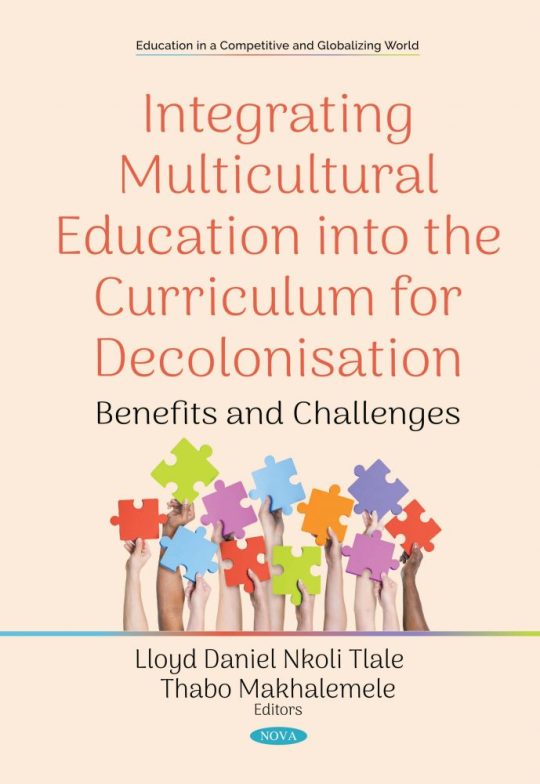Boosting Multicultural Education in the Classroom - Blog

Boosting Multicultural Education in the Classroom
Multicultural education can be invaluable for teaching both children and adults, helping your pupils feel at home within their cultural identities. It also promotes relationships among peers, respect for differences, and empathy towards others.
Here are some of the best strategies for creating a more culturally inclusive curriculum in your classroom:
Understanding Your Students
A critical first step is to comprehend the cultural backgrounds of all your students. Doing this allows you to plan and organize lessons that cater to all backgrounds in your class. You can gather this data by interviewing students on their first day, reviewing personal records, asking former teachers about academic performance and conducting frequent assessments to evaluate progress within your classes.
Make Culturally Responsive Quizzes and Activities
Promoting multicultural education in the classroom requires providing students with various learning opportunities that invite discussions about culture, race, ethnicity, religion, and other social issues. Doing this allows them to gain a better insight into people from different cultures’ experiences; how they view themselves and their environment; and how they can work to improve their community for the better.
Art as a Platform for Exploring Cultural and Racial Issues
Promoting social awareness in the classroom begins with creating art projects that showcase similarities and differences between students. These can include slang dictionaries, collective classroom posters, and other methods for teaching students about their own cultures as well as those of their classmates.
Utilize a Student’s Family Background to Inspire Their Learning
One way to promote cultural awareness in the classroom is by including stories about students’ families into the curriculum. This could be done through art projects that incorporate family stories or asking students to compose essays about how culture has shaped their lives.
Bringing In Guest Speakers From Different Cultures
A final and most essential way to enhance multicultural education in the classroom is by inviting guest speakers from different cultures. These individuals can give students a fresh perspective on an educational topic as well as push them to question their own beliefs and attitudes.
Field Trips to Foreign Countries
A field trip to another country can be an excellent opportunity for students to experience multiculturalism first-hand. This option is especially useful for those who may not otherwise have the chance to travel abroad due to other commitments.
Organize Virtual Field Trips
There are plenty of online resources that enable your class to take virtual field trips around the world. These excursions give students a deeper appreciation for people living in other nations and why their cultures matter. Furthermore, they will gain knowledge about other people’s customs, traditions, and values.




